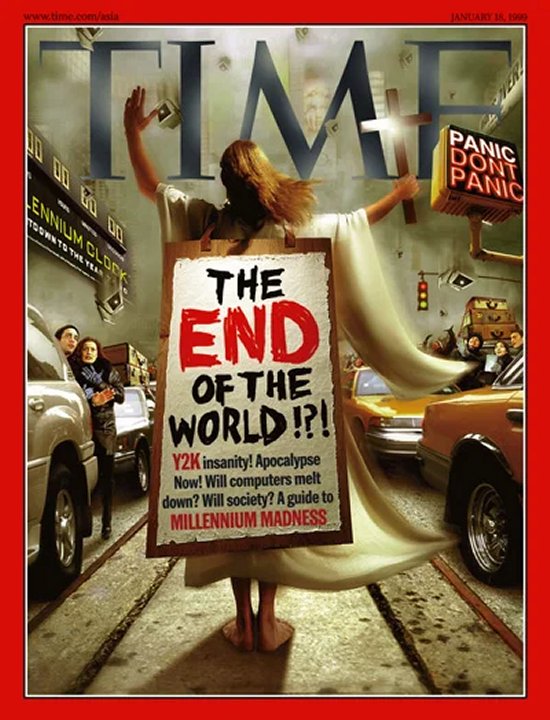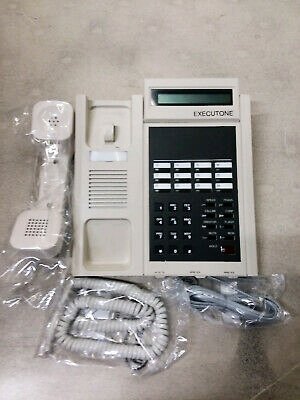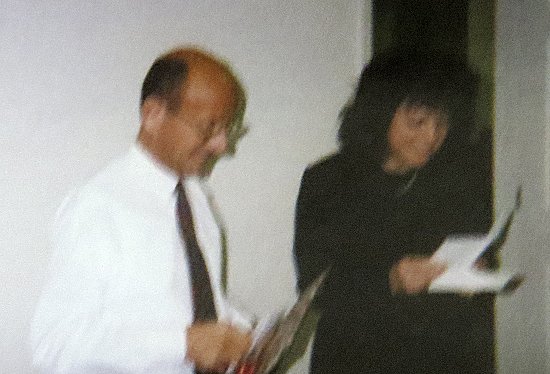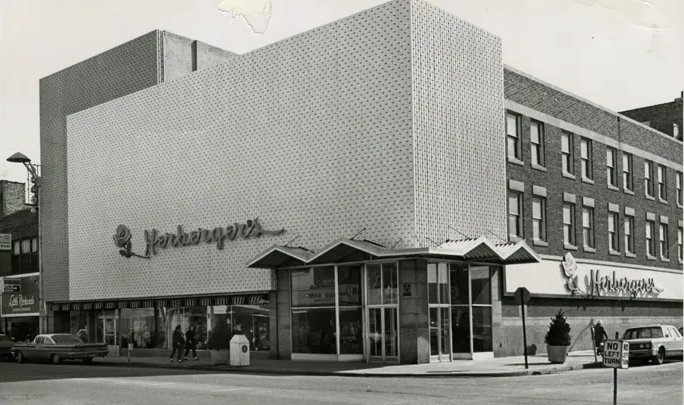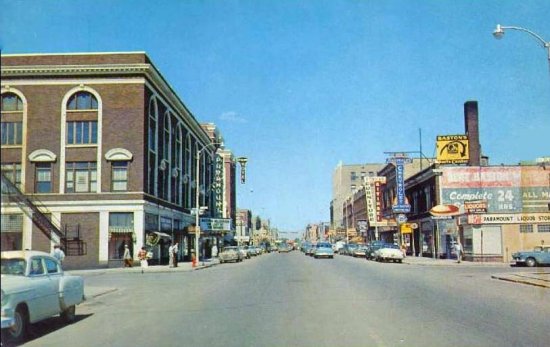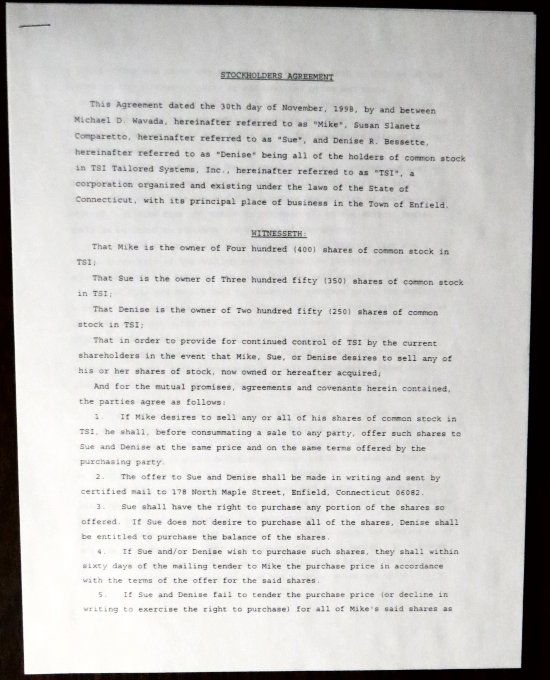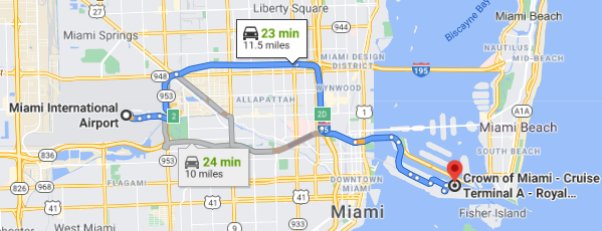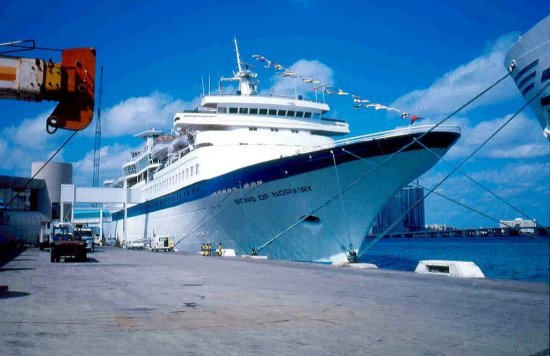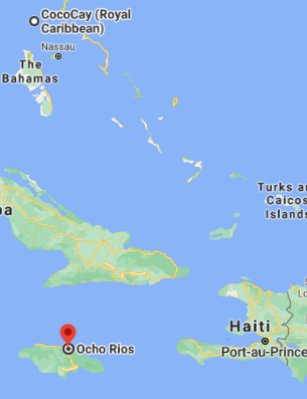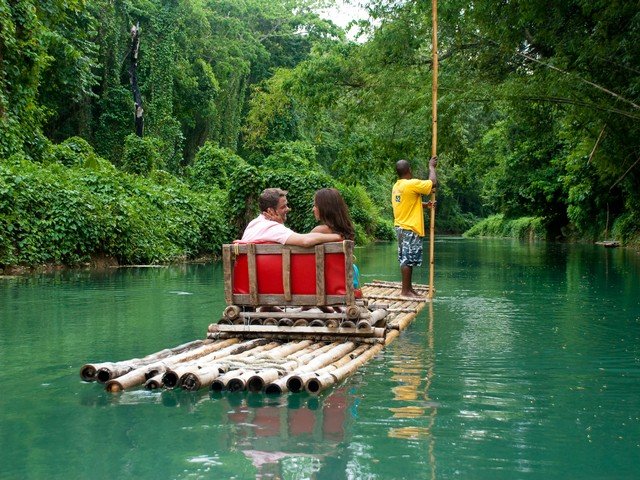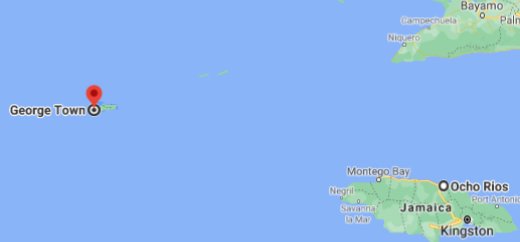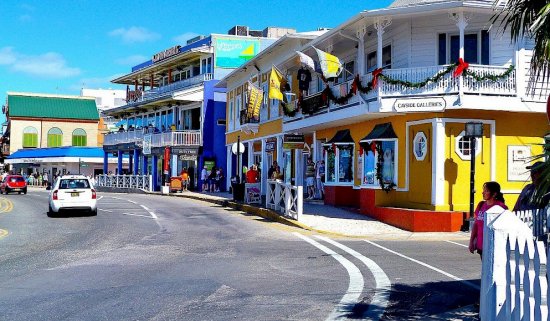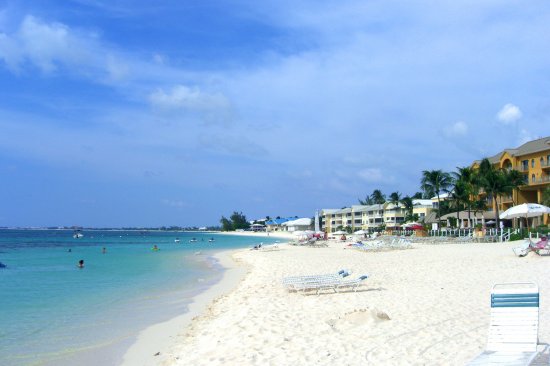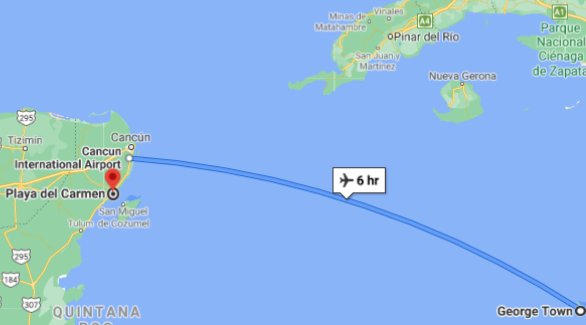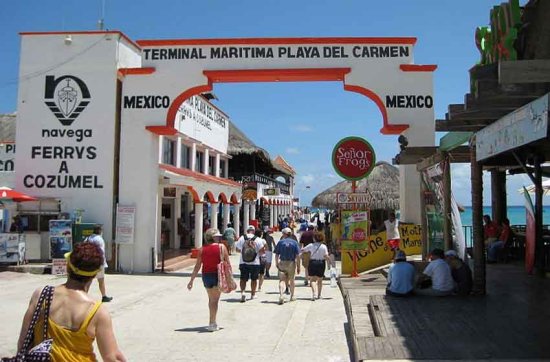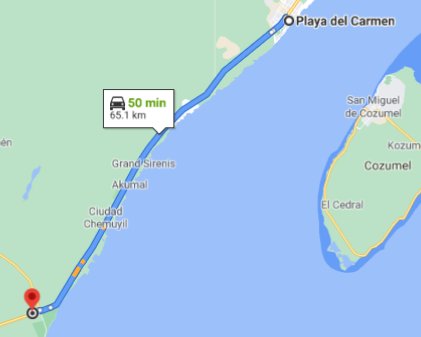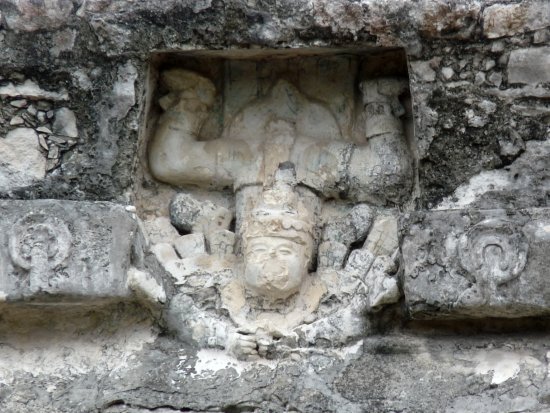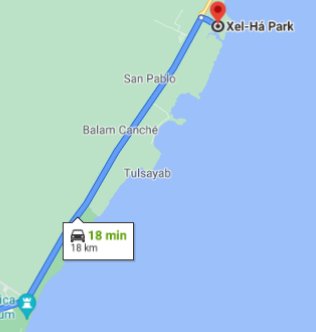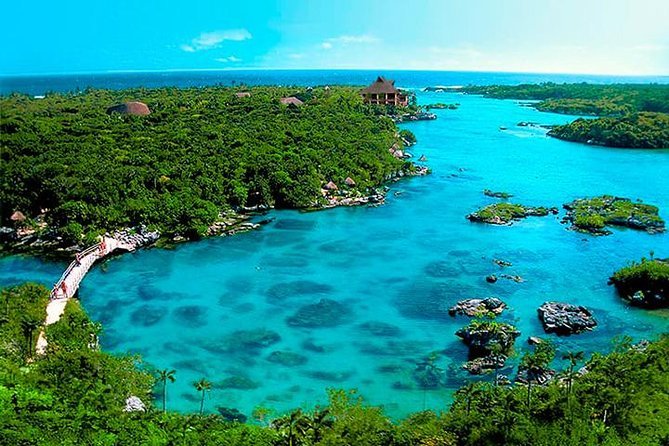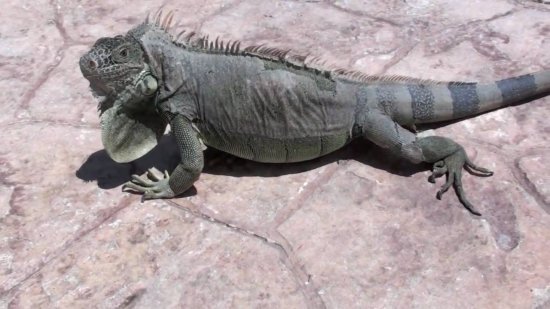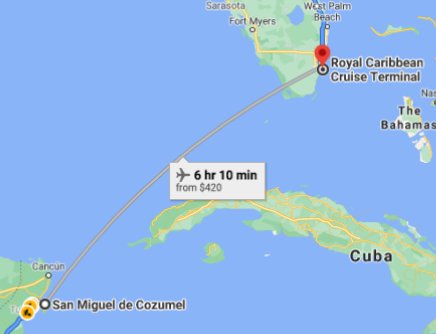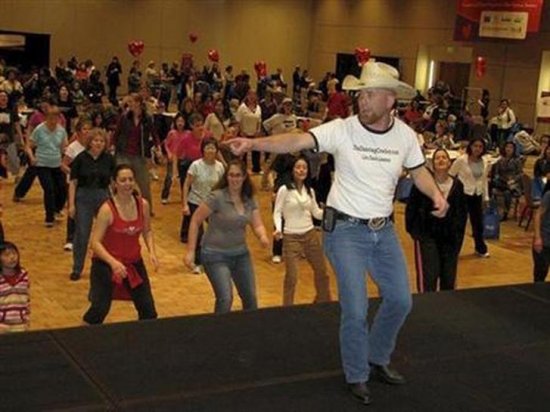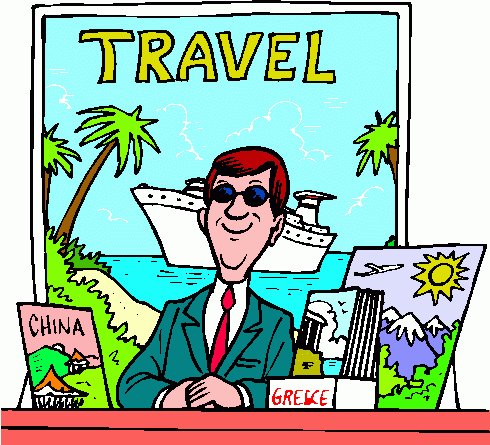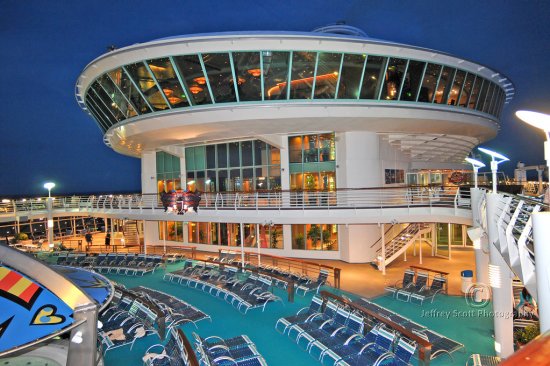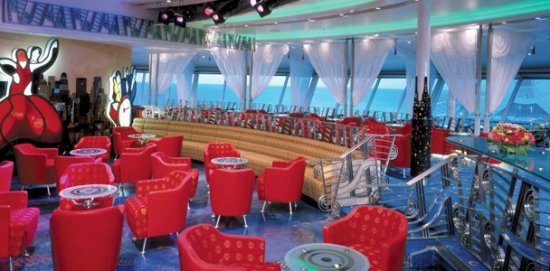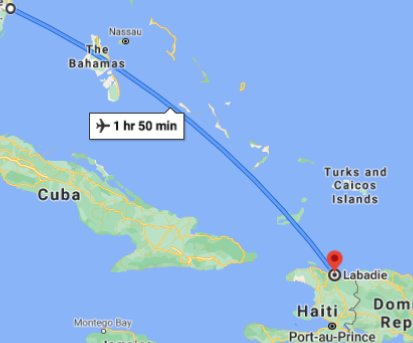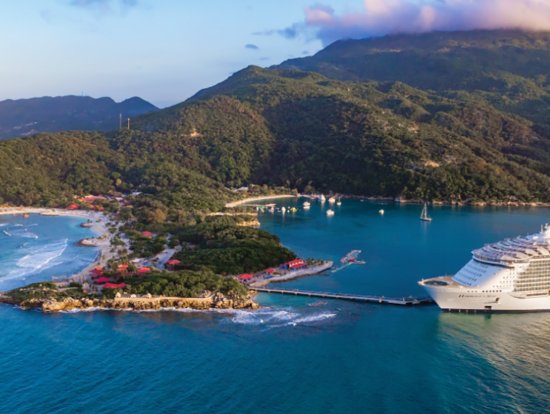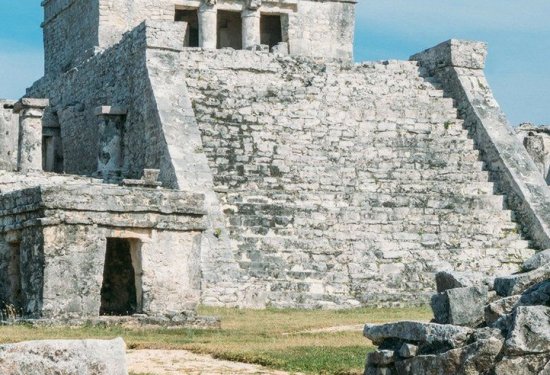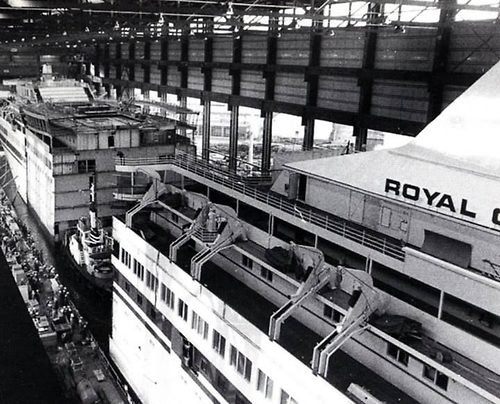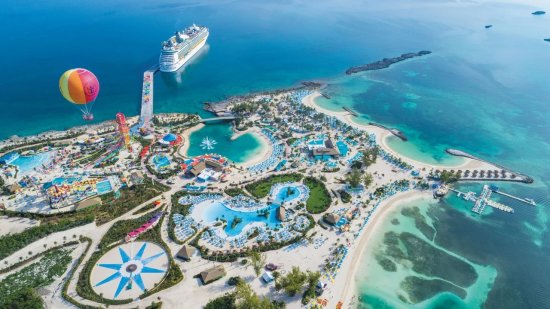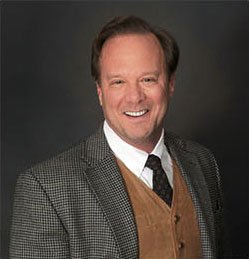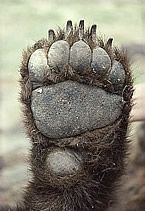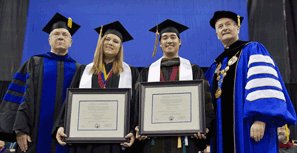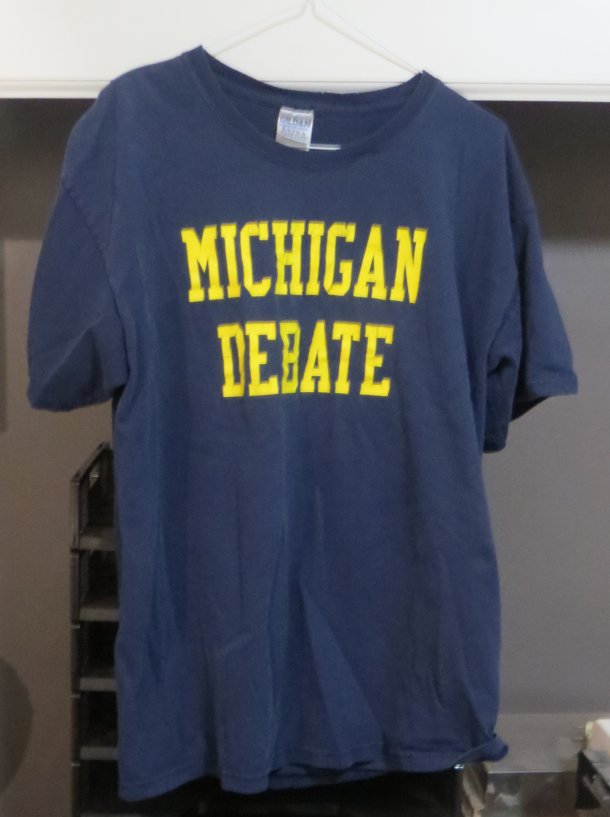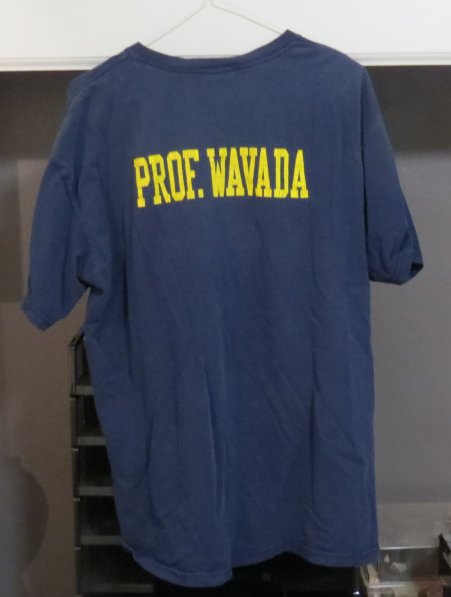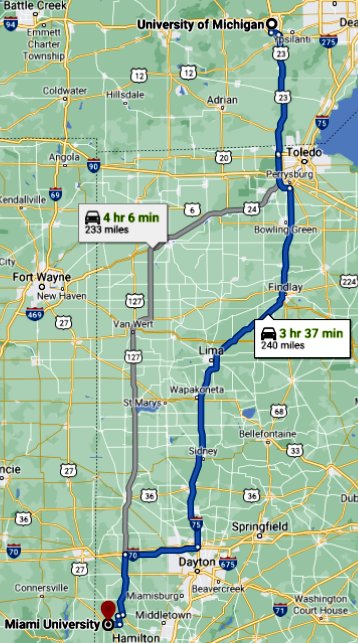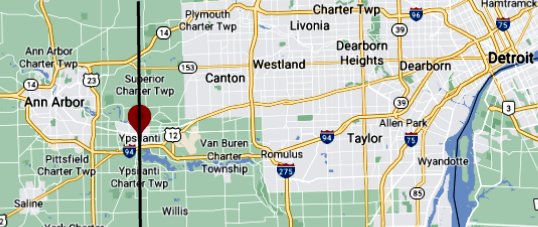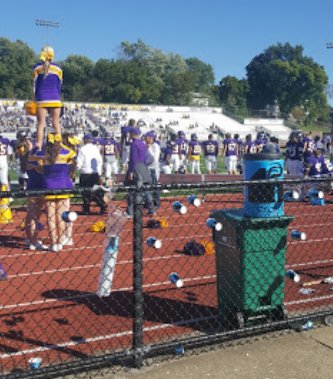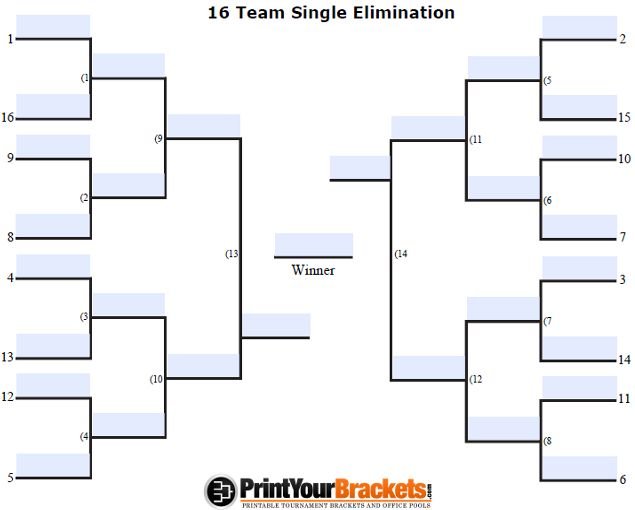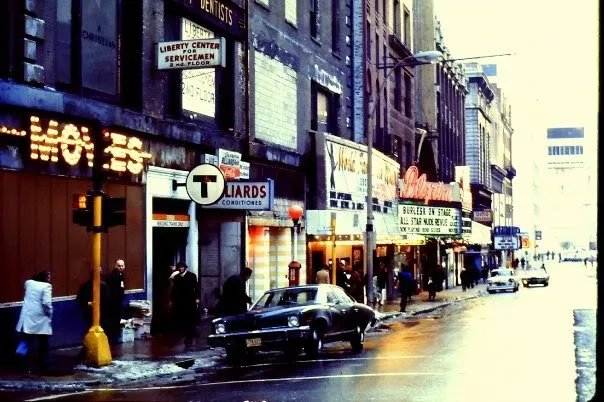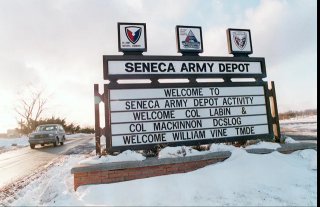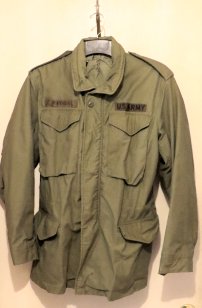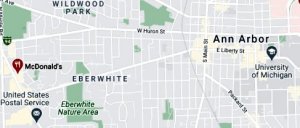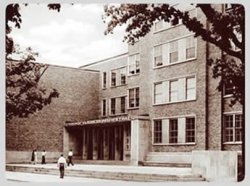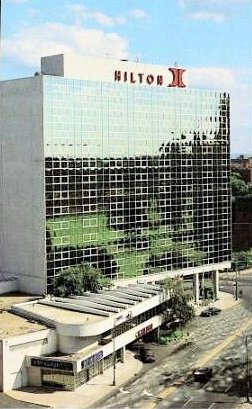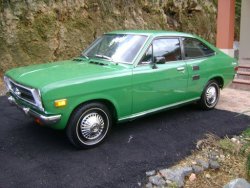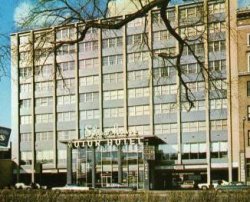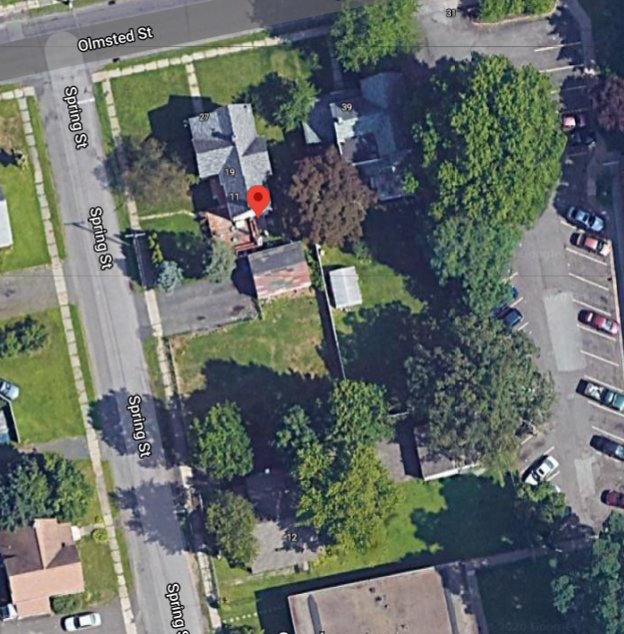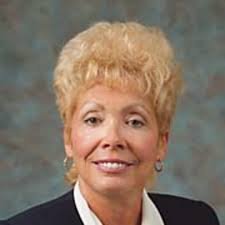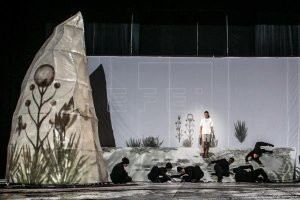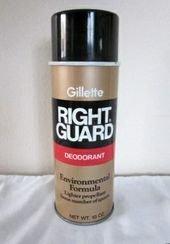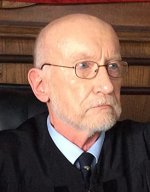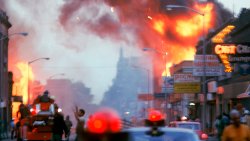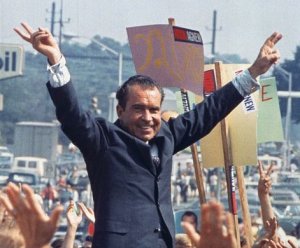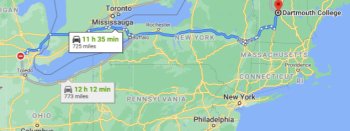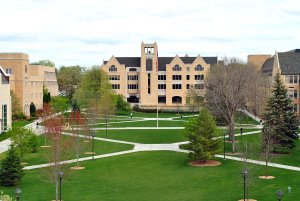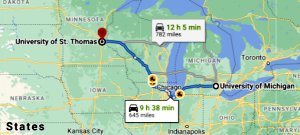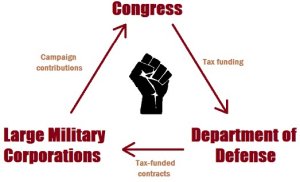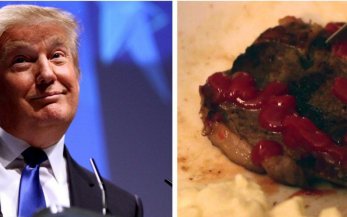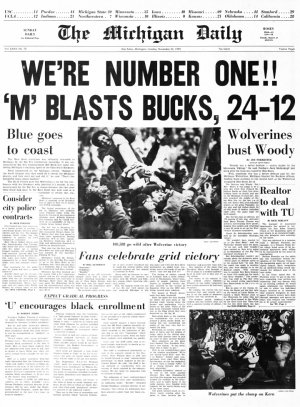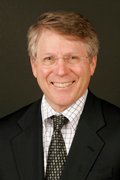Keeping Denise in the fold. Continue reading
My recollection of many of the events portrayed below was fuzzy. I was not even certain of the year (1998) or the time of year (autumn) until I found a dated document. Lacking a good way of pinning down the details, I needed to guess at or be vague about some things.
Background: For me the period from 1995 through 1999 was the busiest, most exciting, and most stressful of any that I spent working for TSI. It was also the most potentially terrifying period. Our marketing director, Doug Pease1, had hit the mother lode and put us in a position to dominate the market on which I had decided to focus our attention back in the late eighties.
Most large retailers, especially department stores, were organized into divisions, and each division was responsible for its own advertising. So, when a large retail organization decided to name AdDept as the preferred system for advertising, we would usually install a system at each division. In 1998 the May Company,2 which at the time had seven department store divisions, had already endorsed AdDept. Doug had also negotiated installations for the three divisions of the Tandy Corporation3 and he convinced the people at Proffitt’s4 Marketing Group (PMG) to purchase systems for six of their divisions. In addition to these, Doug had also made headway at several other potential clients such as Elde- Beerman, Gottschalks, and Macy’s West.
In short, TSI’s business was finally booming. The challenge was no longer whether the company could generate enough income to meet the next payroll. The question—and it was a very serious one—was whether we could meet our commitments to all of these new installations, almost all of which required significant custom programming.
There were a few other issues as well. The twenty-first century was approaching. AdDept had been made Y2K-compliant from the outset. We also had produced a version of the GrandAd system for the AS/400 that would work in the twenty-first century. We needed to convert all of the software that we used in TSI’s office as well. These undertakings were labor-intensive and required extensive testing. The details of those efforts are described here.
The company therefore faced tremendous challenges in providing the software and support for commitments that I had already made and for the prospective contracts that were almost certainly imminent. Furthermore, the person who had at that point done most of the AdDept programming, myself, would undoubtedly be devoting much less time to coding in the next few years.
I would be doing all the installations and on-site training. I also accompanied Doug on many sales trips. I gathered all of the requirements for new code and wrote the design documents and programming requests. I wrote all the marketing materials and anything else that needed to be written, as well. I also ran the business and extinguished the most serious fires. Last but not least, I did the great majority of the research on new hardware offerings and new software techniques. I still did quite a bit of coding, but I now relied on the programmers for most of it.
Fortunately, I had a team of all-stars to help. Sandy Sant’Angelo handled the support line, which during the late nineties was nearly always busy. She was quite good at documenting problems and making the customers feel comfortable. The programmers were Steve Shaw, Harry Burt, and Denise Bessette. Steve and Harry were both good programmers, and they were both familiar and comfortable with TSI’s programming standards. However, they had little knowledge of details of the AdDept system or the way that retail advertisers worked and thought. Early in 1998 Steve Shaw surprised me by leaving TSI to take a programming job at the Phoenix Life in Hartford.
Denise was extremely dependable. She was also very meticulous in her work habits and thoroughly familiar with both TSI’s standards and most of the basics of advertising. She told me that she did not want to travel, however. Therefore, I could not use her for any of the trips that I made to clients.
The Known Problem: I always tried to keep the employees—especially the programmers—happy. The work at TSI environment was, I think, generally positive. The company had very few rules. There was no dress code at all, although I expected the employees to spruce up a little when customers came to our office for training. I wrote up a short document that listed what we expected of employees. My door was literally always open.
TSI paid the programmers pretty well, and by the mid-1990’s we had implemented good programs of health and disability insurance and a 401K with matching contributions. Although I felt a great deal of stress during this period, I tried to avoid putting pressure on the coders.
I understood that there was one problem that was inherent to TSI and other small businesses: there was little or no room for advancement. I could reward people for good work, and I could try to make their work challenging and enjoyable. However, it they were ambitious and wanted to climb the corporate ladder, there was not much that I could do. I suspect that this is why Steve quit. Similarly, if they were interested in a position with more responsibility, my options were likewise limited.
I tolerated—and even encouraged—a certain amount of creativity, but after Sue left the office (described here) in 1994. I made all the important decisions. It wasn’t that I liked exercising power. I just reckoned that none of the programmers were interested in managing the business. I would have been happy just to code all day.
As good as the staff was, our upcoming workload was so massive that there was very little room for error. I knew, for example, that Sue and I could not consider another big trip until all the installations were stable, which might take years. I also understood that I had to keep the entire programming team intact if possible. As I have explained in other blog entries, I figured that every time that a programmer quit I lost at least six months of my own productivity between the time spent looking for a replacement, training him or her, and correcting all the mistakes. Furthermore, there was never a good time to look for coders, but 1997—just months before Y2K raised its ugly head—was one of the worst.
Harry and Steve were good programmers, but I knew very well that the key member of the team for the next few years was Denise. Losing her would be a catastrophe that I did not want to contemplate. I probably should have worried more than I did.
TSI’s Telephone System: Each desk at TSI had a unit like the one shown at the left. The company had many phone lines, but no one, not even Doug or I, had a direct line. TSI had two phone numbers that outsiders knew about. One line was dedicated to customers reporting problems or asking questions. That line was answered by Sandy.
The other number was in the phone book and on our letterhead and business cards. We disclosed it to prospects, vendors, and a few others. That line was answered by the administrative person.
There were also two rollover lines. If a caller called either the main number or the support number, and that line was busy, the phone would still ring, but someone at TSI would need to press the flashing button for a rollover line to answer it.
TSI relied on this phone system until the business shut down in 2014. Doug and a few others pressed me to get a more modern system in which each person had her/his own line. A couple of times I priced out these options, but I could see no advantage that was worth spending thousands of dollars. Besides, I liked our phones. In my assessment, they had one overarching advantage. They made it much more difficult for employees to initiate or receive calls from the outside. There was also a fairly strong incentive to keep non-business calls short.
Denise Bessette: Denise was the first programmer that Sue and I hired in 1984. The details are posted here. She worked full-time for a couple of years and then part-time for quite a few years while she finished her undergraduate degree at Smith College and then earned a masters degree at Trinity College. In 1993 she became a full-time employee again. We let her use Sue’s office, which was better than her previous location, but it was still less than optimal because Sue never removed all of her junk after she stopped coming to the office in 1994. We also gave Denise a substantial raise. I tried to keep her in the loop on what direction the company was going, but I did not set up any kind of a formal process for doing so. I should have, but I didn’t. My excuse was that I was away on trips a lot, and when I was in the office I was exceptionally busy.
I should emphasize that, even though we had worked together for many years, Denise and I did not have much of a personal relationship. She invited Sue and me to her house in Stafford, CT, for supper once in the eighties. We never reciprocated, presumably because our house was always a mess. I doubt that in all of those years Denise and I had talked about anything besides work more than a handful of times.
During the time that Denise had worked at TSI she had occasionally received phone calls from her husband, her mother, or one of her sisters. She might have received one or two calls from other people. In the fall of 1998, however, even I, who would ordinarily pay little or no attention to such a thing, noticed that she was receiving numerous phone calls from a “friend” named Jackie.
Herberger’s: My most vivid memories of this period were when I was in St. Cloud, MN, the home base for Herberger’s a chain of eleven department stores, 1300 miles away from TSI’s office. At the time I was installing TSI’s AdDept system on a small AS/400 in the advertising department there. A more detailed description of the installation is posted here.
I only visited Herberger’s a few times. The occasion that I remember the most clearly was certainly not my first trip there. It might have been the second or third. I remember that it was rather cold, but the weather did not approach the frigid levels for which nearby Frostbite Falls is famous.
In those days the only way to reach St. Cloud was through the Minneapolis-St. Paul airport. Northwest Airlines sponsored a shuttle service to the St. Cloud Regional Airport5. I can’t remember whether on this occasion I took that flight or rented a car and drove. I am pretty sure that I stayed at a hotel that was within easy walking distance of Herberger’s headquarters, which was on St. Cloud’s main drag, St. Gernaine St. I am pretty sure that I stayed two nights and then flew back to Connecticut on the third evening.
The main thing that I remember about my first day there was that I called the office several times to see if everything was all right. This was beyond unusual for me. On most trips, unless I needed help about some problem that I had encountered, I seldom called more than once. I have always hated talking on the phone, even if it was to people I liked. I liked all of TSI’s employees.
I don’t think that I spoke with Denise on any of those calls. However, I got the distinct impression that something was amiss. Although there was nothing particular that provoked alarm, the feeling of impending dread almost nearly overwhelmed me. I desperately wanted to get back to TSI’s office to discover the details so that I could deal with the situation. Of course, this was not possible. I had made a commitment to get the system up and running at Herberger’s, and I could not abandon the project because of a nebulous feeling.
After my first day at Herberger’s I ate supper by myself as usual. I don’t remember where I dined or what I did afterwards. I might have taken a walk. I might have read a book. I might have watched television. I do remember worrying.
I always got very tired after dinner. Every night I took a shower around 9:30 or 10:00 and then went to bed. I sat in bed for a few minutes reading a book. I almost never got through more than one chapter before the letters would begin to swim around on the page. I would then turn out the lights. Normally I was sound asleep within a few seconds.
Not this night. For a few hours I emulated Bobby Lewis—“Tossin’ and turnin'”6. I decided to make myself physically tired. There were not many choices available for nocturnal exercise. I dressed and put on my coat and hat. I then walked around St. Cloud for at least an hour. I did not go far. I just walked up and down the streets. None of the buildings seemed to have more than three stories. The only other thing that I remember noticing was a Maytag or Whirlpool store that sold appliances. I had thought that these stores—mainstays of my youth—had gone the way of the dodo, but they evidently still persisted in St. Cloud in 1998.
I eventually drifted back to the hotel and tried to sleep. I probably dozed off for a while before it was time to prepare for work. I remember that I ironed my shirt while I listened to Vivaldi on my CD player through my Bose headphones.
I was running on fumes that day. I chain-drank black coffee to try to remain alert. I took notes on all of the things that the Herberger’s employees said that they needed AdDept to do. I knew very well that Steve VeZain at PMG had already made it clear to me that no custom code would be provided for Herberger’s. Steve said that they needed to adapt to the system that worked for everyone else. I called in to TSI’s office several times on that second day, as well.
I flew back to Connecticut that night in an even worse mood than the foul outlook that these exhausting trips usually produced. On the one hand I was frustrated because the AdDept system did not work the way that the Herberger’s employees wanted it to, and there was nothing much that I could do to help them. They had no clout with PMG. They were, after all, by far the smallest division, and they were on the wrong side of the Mason-Dixon line. On the other hand I was also very apprehensive about what I would find out when I went into the office the next day.
The Denouement: On my first day back in the office Denise confided that she had been offered a job as IT director at a fairly small company that used an AS/400. I am not sure whether she would have any employees under her or not. Truth to tell, I did not care much what kind of job it was. My sole objective was to take whatever steps were necessary to persuade her to stay at TSI. I also learned that Jackie, as I expected, was a corporate headhunter for an employment agency.
I tried to talk Denise out of accepting the job. I emphasized how important I thought that she was to TSI. She asserted that she was mostly looking for something new. She had been doing mostly the same job for thirteen years.The best that I could get out of her was that she would think about it overnight.
Denise usually arrived at TSI’s office at about 9:007. The morning following our conversation I went outside to meet her in the parking lot. I was extremely nervous when her car finally pulled into the lot. She got out and immediately informed me that she had decided to accept the other job.
I cannot say that I was surprised, but I was still crushed. I couldn’t face going back into the office. So I went and sat in my car and moped. I felt as bad or at least nearly as bad as when Bill Davey and I just missed qualifying for the National Debate Tournament in 1970 (described here) or when Sue abandoned me to go to Alaska in 1973 (described here). No situation in the intervening twenty-three years came close to evoking this feeling.
I had no idea how to deal with this situation. We had mountains of work. I was in no position to take on more of it myself, and I could only squeeze a little more out of Harry. I had made commitments to several clients. I could not select one or two to work on and dismiss the others. They all had deadlines, and they had given us deposits or were long-time clients that I was not prepared to disappoint.
Sitting in the car was not helping. I drove to the Enfield Square Mall, parked my Saturn, went inside, and walked around. At that time there were some benches inside. I rested on one of them every so often. Eventually a plan coalesced in my mind. It seemed like a good idea; I just wish that I had thought of it earlier so that it would not appear that I was being extorted.
That evening I discussed my idea with Sue. I honestly thought that it would be as difficult to persuade her to agree as it would be to convince Denise. I was wrong. She understood the important role that Denise played, and she agreed in principle with everything that I proposed. She also knew that I was miserable.
I located the original written proposal that I presented to Denise. It was somewhat different from what I remembered. Here is what it said:
Denise as Principal:
- Denise will have 25% share8 in TSI. The three principals will have monthly meetings to go over the results of the previous month vis-à-vis the business plan and discuss other issues. The 25% share will entitled her to a presumptive bonus of 25% of the profits after employee bonuses and SARSEP contributions. Denise will give up her commissions.
- Denise will be given a budget of $125,000 for fiscal 1999. She will have six objectives:
- Do what it takes to bring our staff up to strength.
- Work with Doug to come up with a profitable and sustainable business plan for current products: fee schedules for programming and support, etc. The deadline for this is April 1, 1999.
- Come up with a concrete plan for TSI’s next software (or whatever) product. The plan should include recommendations about whether it should be done inside of TSI-AdDept or in another milieu. The deadline for this is September 1, 1999. TSI will pay for necessary travel. Mike has several frequent flier round-trips to use.
- Come up with suggestions to ease tension and make work fun for everyone. This involves removing the “Wag the Dog” orientation we now have.
- Implement remote dial-in support and a LAN (TSI will pay for the hardware).
- Get someone AS/400 certified or figure a way around it.
- Suggestion: Use part of the budget to hire Steve back in a new position. I would like to get five man-days of programming/support from the two of you, but this won’t work if there is not a firm system in place to guarantee freedom from support calls. The easiest way to accomplish this would be to work from some other location (which requires remote dial-in support).
I met privately with Denise on the following day. She was stunned by the offer and very impressed. However, she had already made a commitment to the other company. Moreover, there was another employee at the other company whose fate was somehow linked to Denise getting hired. I don’t remember the details. In any event Denise accepted my offer, I got our lawyers to make it legal, and she called the other company and Jackie. Neither was pleased.
When I spoke with Denise, I made it clear that the monthly meetings would actually include Sue only if Sue insisted on attending, which I doubted would happen often. When we actually distributed annual bonuses, we gave Sue a minimal one and split the profits 50-50. The “concrete plan” became AxN. I do not recognize the “Wag the Dog” reference, but within a year the company moved into a new office in East Windsor with a remarkably different atmosphere (as described here). The “someone” who became AS/400-certified9 was myself (as described here). Denise did not hire Steve Shaw back. Instead she hired Brian Rollet, who was something of a disappointment to her.
Denise and I worked together amicably and productively for another sixteen years. If she had not agreed to my plan, those years would have been been much less pleasant for me. I don’t know if I could have achieved half of what we accomplished together.
1. Much more about Doug Pease can be read here and in many of the blog entries about clients that he persuaded to purchase AdDept in the nineties.
2. TSI’s involvement with the May Company at the corporate level is posted here.
3. TSI’s dealings with Tandy Corporation are detailed here.
4. In the nineties Proffitt’s Inc. purchased all of those chains and turned them into divisions. After it purchased Saks Fifth Avenue, which already used AdDept, it changed its name to Saks Inc. TSI’s relationship with this company is described here. Separate blogs describe the individual divisions.
5. In 2021 this shuttle is no longer in operation. The only commercial flights from STC are on Allegiant Airlines. There are only two potential destinations—Fort Meyers/Punta Gorda and Phoenix/Mesa. Residents who want to fly anywhere else must somehow get to Minneapolis. Northwest Airlines filed for bankruptcy in 2005 and was acquired by Delta in 2008.
6. You can listen to the number 1 single on the Billboard chart for all of 1961 here.
7. Denise asked for this allowance when her son was young. It gave her time to get him off to school or wherever else he was headed. She also had a fairly long drive to Enfield and even longer to East Windsor. She often stayed late.
8. When TSI incorporated in 1994, Sue was given 45 percent of the stock, and I got 55 percent. The revised agreement left me with 40, Sue with 35, and Denise with 25.
9. IBM had implemented a new requirement for business partners. Not only did the software need to be certified, but also someone at each company must be certified by passing a test that was sales-oriented and a test that was more technical. I took both of these tests, as is described here.


